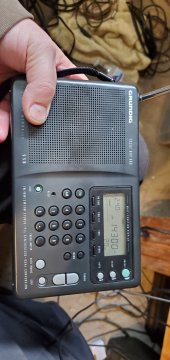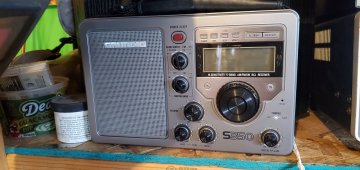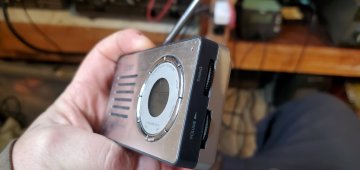realpinochet
Make Stuff In America Again!
- Joined
- Jul 4, 2022
- Messages
- 578
In the military don't they put things that produce interference like chargers etc in a faraday cage or sorts? Let me know if you solve this ..I'll be in the same boat hopefully soon. Be lucky you don't live close to me when I fire up the baofeng..lol 73/sI dont use coax. I use balanced feedline.
The thing I'm trying to figure out is what inverters are quiet enough for ham radio. What charge controllers are quiet enough. I would think lf inverters would be top of the list.
I've heard midnite solar and outback were quiet for CCs but some people have said that they were terrible.
Last edited:






